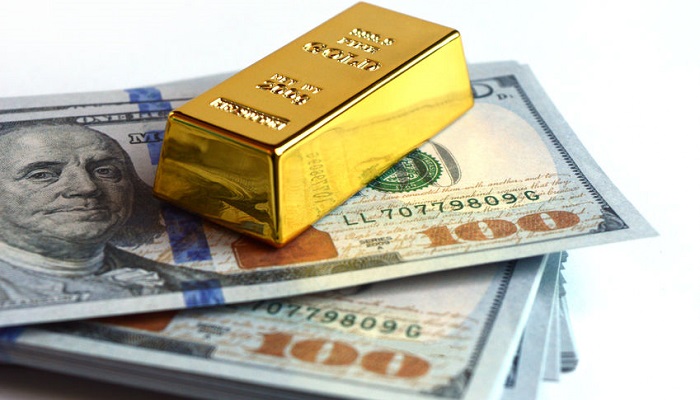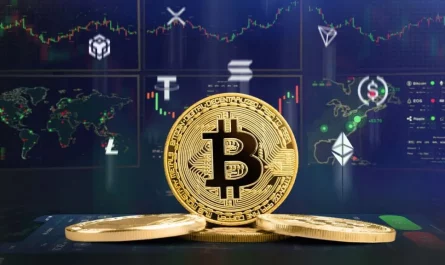The US dollar and gold are two of the most influential assets in the global economy. While they serve different roles—one as a fiat currency and the other as a store of value—they are deeply connected. Understanding how the dollar and gold interact can help investors, economists, and everyday consumers make better financial decisions.
How the US Dollar and Gold Are Connected
Traditionally, gold and the US dollar have had an inverse relationship. This means that when the value of the dollar rises, the price of gold tends to fall—and vice versa. The reason for this is simple: gold is priced in dollars. When the dollar strengthens, it takes fewer dollars to buy the same amount of gold. When the dollar weakens, gold becomes more expensive in dollar terms.
This relationship is not always perfect, but it is a common pattern seen during times of economic uncertainty or inflation.
Gold as a Safe Haven
Gold is often considered a «safe haven» asset. When investors fear instability—such as financial crises, high inflation, or geopolitical tension—they tend to move money into gold. During such periods, the dollar may lose strength, causing gold prices to rise.
For example, in times of high inflation in the US, the dollar’s purchasing power decreases. Investors might turn to gold as a way to preserve value. This increases demand for gold and pushes its price upward.
When the Dollar Is Strong
When the US dollar is strong, it usually reflects a strong economy, rising interest rates, or high investor confidence in US markets. In such times, gold becomes less attractive because it doesn’t offer interest or dividends. Investors may prefer holding dollars or dollar-based assets like bonds or savings accounts, which give returns.
As a result, gold prices often decline when the dollar is strong. However, if inflation expectations grow or global tensions rise, gold can still perform well despite a strong dollar.
Other Factors That Influence the Relationship
While the dollar is a key driver of gold prices, it’s not the only one. Central bank policies, especially from the Federal Reserve, can influence both assets. For example, when interest rates rise in the US, the dollar usually strengthens, and gold may fall. But if rate hikes signal economic stress, investors might still buy gold.
Global demand for gold—especially from countries like China and India—can also affect prices independently of the dollar. Likewise, mining supply, technological use of gold, and market speculation all play roles.
What This Means for Investors
For investors, understanding the relationship between gold and the dollar can offer strategic advantages. Gold can act as a hedge against a falling dollar or inflation, helping to protect a portfolio’s value. On the other hand, during strong dollar cycles, it may be better to focus on other investments that benefit from dollar strength.
Diversification is key. Holding both dollar-based assets and some gold can help balance risk, especially in uncertain times.
Conclusion
The US dollar and gold are powerful forces in the global financial system. While they often move in opposite directions, their relationship is shaped by a complex mix of economic, political, and market factors. By understanding how they interact, investors can make more informed decisions and better navigate the ups and downs of the global economy.



